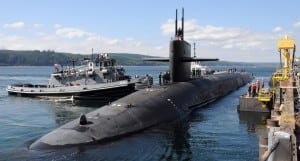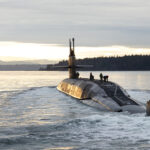
The House Armed Services Committee early Thursday approved its version of the 2020 National Defense Authorization Act after about 18 hours of committee debate. The House committee's annual defense policy bill, now headed to the House floor, authorizes about $15.8 billion for the active nuclear weapons programs managed by the Department of Energy’s National Nuclear Security Administration (NNSA). That is 4% less funding than sought, but an increase of about 4.5%, compared with the 2019 budget. The House committee's bill passed…

 By
By 










